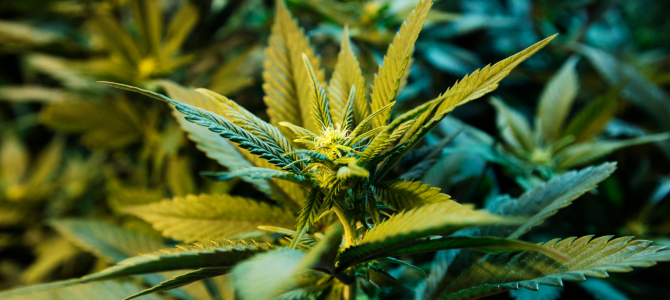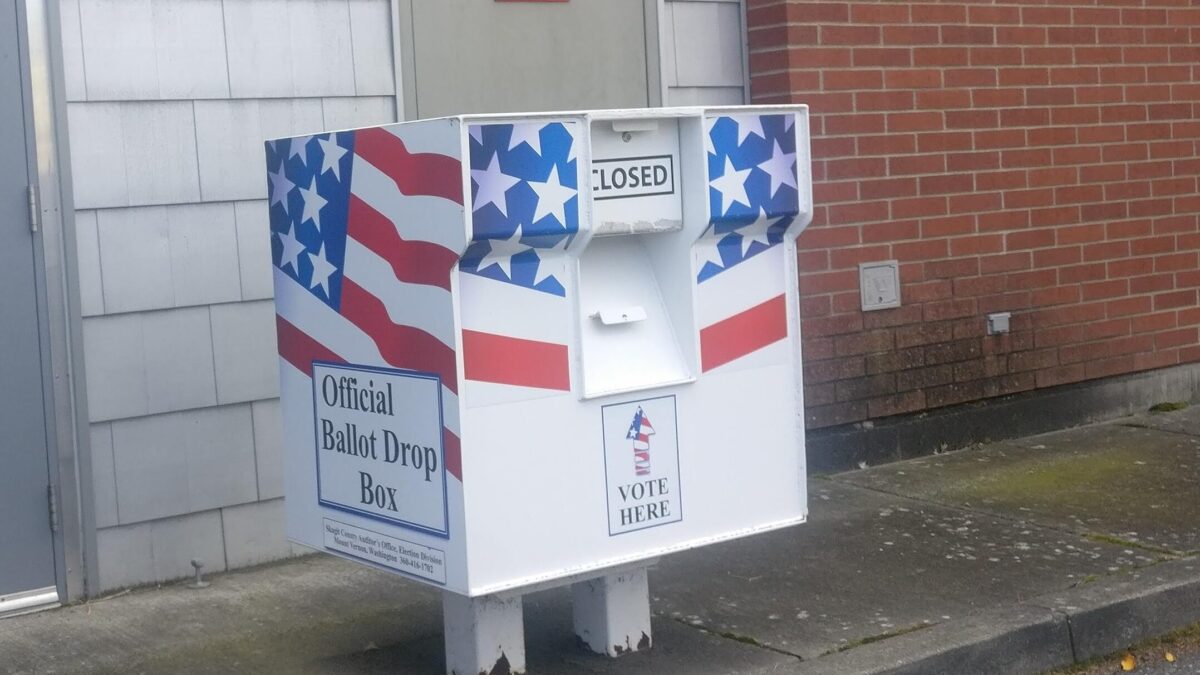
In a bold move earlier this month, the U.S. Surgeon General called on the federal government to rethink marijuana’s classification as a Schedule I substance. While the surgeon general did not go so far as to condone legalization for recreational use, he did say that, medically, marijuana should be studied like any other pain relief drug and that both health and criminal justice policies need to be re-examined in relation to cannabis drug classification.
Because the cannabis plant (of which only portions are referred to as marijuana) is made up of hundreds of different chemical entities, there is much to learn about the array of chemical compounds — individually and in combination — that could provide medical treatment for many health states. The FDA has already approved cannabinoid oil and other derivatives of the plant for treatment of everything from anxiety to epilepsy. Further, as the nation faces an opioid epidemic, discussions about non-opioid pain relief options are growing around Capitol Hill, with cannabinoids at the top of the list.
While the surgeon general is right in his position on medical research, the move would serve other purposes as well. The change he proposed could be significant for justice system reforms and an economic triumph for the United States. The current U.S. classification of marijuana inhibits research for medical advancements that include cannabis and cannabinoids. As a result, the United States is falling behind in both knowledge and financing.
Not only are countries such as China and Israel lapping the United States in medical innovations and research, but G7 countries like Canada are also bringing in billions of dollars in revenue from legalized cannabis. For example, in the latter six months of 2018, Canada’s market has run wild with IPOs, including American-based cannabis companies flooding the market.
Billions on the Table
The surgeon general’s public comments come alongside a congressional report released this month titled, “The National Cannabis Economy.” It highlights the economic benefits of states and the national government legalizing cannabis. The report concludes that this year alone more than $11 billion will be earned by the marijuana industry, and that sales will reach $23 billion by 2022 due to “job creation, more tax revenue, and better patient care.”
Medical cannabis has driven these numbers to date, leaving states that have not passed medical usage legislation financially behind. At present, 29 states, the District of Columbia, Puerto Rico, and Guam have legalized cannabis for medical or adult use, or both. Of additional interest to federal lawmakers should be revenue projections that estimate the medical segment of the market will surpass the recreational segment of the market within four years, due to opioid alternatives for pain management as well as chronic diseases.
In June, Canada became the second nation in the world after Uruguay (and the first G7 nation) to fully legalize cannabis. The result has been global surges in stocks, and private-sector deals with pharmaceutical companies such as Novartis to research and distribute medical marijuana.
In addition to leaving sales and tax revenue on the table, the United States is trailing in R&D, as well as intellectual property. Countries like China and Israel, where government funds are appropriated for cannabis research, are seeing vigorous innovations that could shift the global market for pain relief for the world’s aging population, not to mention medical breakthroughs for rare and chronic diseases. China, which has become the world’s powerhouse in research, holds more than half of the world’s 600 cannabis-related patents. Israel currently has more than 110 clinical trials involving cannabis.
Feds in the Way
The U.S. Drug Enforcement Administration classifies drugs, substances, and certain chemicals used to make drugs into five distinct categories or “schedules” depending upon the drug’s acceptable medical use and the drug’s abuse or dependency potential. According to the website, “The abuse rate is a determinate factor in the scheduling of the drug; for example, Schedule I drugs have a high potential for abuse and the potential to create severe psychological and/or physical dependence. As the drug schedule changes – Schedule II, Schedule III, etc., so does the abuse potential – Schedule V drugs represents the least potential for abuse.”
Schedule I drugs, substances, and chemicals — like marijuana — are defined as drugs with no currently accepted medical use. Further, they are considered to have a very high potential for abuse. Other drugs in this category are heroin, lacid diethylamide (LSD), 3,4-methylenedioxymethamphetamine (ecstasy), methaqualone, and peyote. Since the FDA has already approved cannabis for medical use, it obviously should not be grouped with the likes of LSD and heroin.
Moreover, Schedule II drugs (which are considered less dangerous and less addictive) include substances that many cannabinoid compounds could prevent individuals from becoming addicted to, such as hydrocodone, (Vicodin), cocaine, methamphetamine, methadone, oxycodone (OxyContin), fentanyl, Adderall, and Ritalin. So it’s hard to see any justification at this point for a federal agency classifying marijuana as meaningfully more dangerous than meth.
In recent months, however, the DEA has released a Final Order rescheduling FDA-approved cannabis-derived Cannabidiol (CBD) with no more than 0.1 percent THC under Schedule V. The decision came after pressure from both the FDA and the Department of Health and Human Services, but has since gone in circles between the agencies. The biggest step forward might be taken with the passage of the 2018 Farm Bill. Buried in the 1,000-plus page document (Section 7415) is the removal of hemp from the Controlled Substance Act, and a redefinition of how extracts, cannabinoids, and derivates of CBD can be legal.
Despite this progress, many regulatory questions remain unanswered, and the growing, selling, purchasing, and research associated with various components of plants will come under much scrutiny in coming months.









